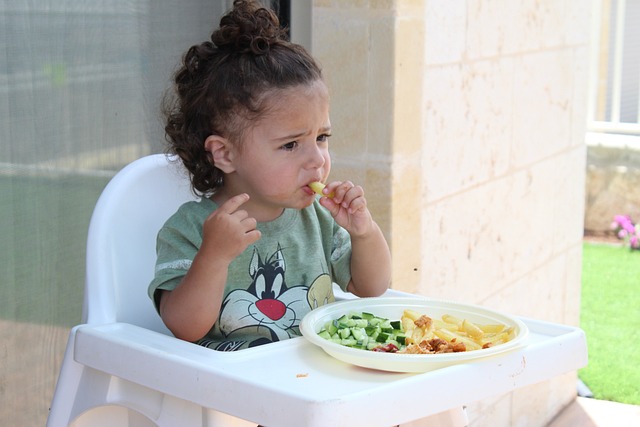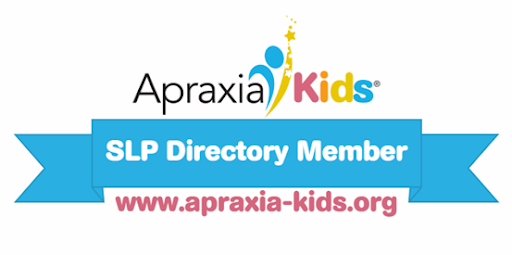Why does the history intake form ask about the types of textures my child eats and how does this relate to speech therapy?
If your child is undergoing a speech therapy evaluation, it is important for the therapist to know if your child struggles with any textures because that can be an implication of a deficit. Speech therapy often involves addressing oral motor skills, swallowing difficulties, and sensory sensitivities, all of which can be influenced by the textures of the foods a child consumes. Here are some examples of how different food textures relate to speech therapy:
Smooth/Pureed: These textures are often recommended for children with swallowing difficulties or oral motor delays. Smooth foods require minimal chewing and are easier to swallow, making them suitable for children who have trouble managing solid textures. Speech therapists may introduce smooth textures as part of dysphagia management or oral motor exercises to improve tongue and jaw movements.
Chewy: Chewy textures provide excellent sensory input for strengthening jaw muscles and improving chewing skills. Children who have weak oral motor strength or difficulty with speech articulation may benefit from incorporating chewy foods into their diet. Speech therapists may recommend chewy snacks or exercises to promote jaw stability and coordination, which can enhance speech clarity.
Crunchy/Crispy: These textures can be beneficial for children who have sensory sensitivities or oral defensiveness. Crunchy foods offer tactile stimulation and can help desensitize the oral cavity, making it more receptive to different textures. Speech therapists may use crunchy snacks as part of sensory integration therapy to reduce aversions to certain textures and improve oral tolerance.
Soft: Soft textures are easier to chew and may be recommended for children who experience discomfort or pain when eating. Speech therapists may introduce soft foods during oral sensory exercises to gradually increase tolerance to different textures and temperatures. Soft foods can also be helpful for children recovering from oral surgeries or experiencing temporary swallowing difficulties.
Stringy/Fibrous: These textures provide valuable oral motor challenges and can improve tongue control and coordination. Children who have difficulty with speech sounds like /l/ or /r/ may benefit from practicing with stringy or fibrous foods to strengthen tongue muscles and refine articulation skills. Speech therapists may incorporate these textures into speech therapy sessions to target specific speech sound errors and promote clearer speech production.
Overall, the types of textures your child eats can play a crucial role in their speech therapy progress. Speech therapists often tailor treatment plans to address individual sensory preferences, oral motor abilities, and speech goals, using food textures as therapeutic tools to support optimal communication and swallowing function.
Get a Free Online Assessment
Looking for an expert opinion on your child's needs? Fill out a 3 minute questionnaire and receive a personal evaluation from our staff




